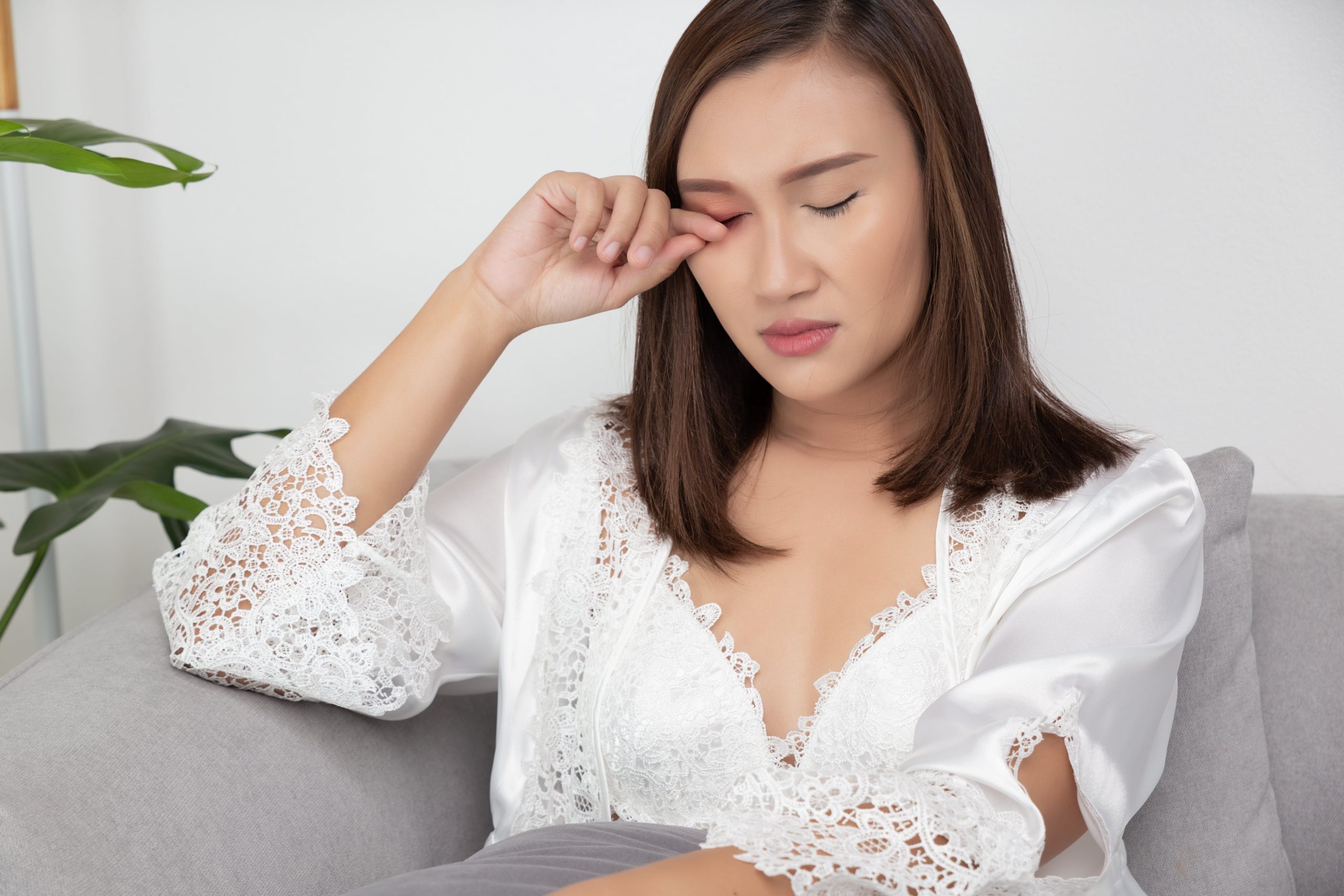Diagnosing and treating incomplete lid closure and nocturnal evaporative stress
Do you have patients with non-responsive dry eye disease? In many cases, the answer lies not on the cornea or conjunctiva, and it’s not environmental. Rather, it’s the eyelid — specifically, inadequate lid closure (ILC). In fact, 61% of symptomatic dry eye patients across the spectrum of disease severity have compromised eyelid closure. This underidentified and undertreated condition is caused by nocturnal evaporative stress (NES) and is highly prevalent in refractory dry eye disease.
Some 61% of symptomatic dry eye patients across the spectrum of disease severity have inadequate lid closure (ILC).
NES: symptoms and causes
The one thing patients with NES have in common is morning symptoms. Our eyes don’t produce as many tears while we’re sleeping, which automatically puts patients in a dry eye state during sleep. Generally, the closed lids protect the eye from desiccation.
However, several factors can contribute to the development of NES. These include floppy eyelid syndrome, surgical cosmetic procedures and injections, lid deformities, age-related lid laxity, dermatochalasis, ectropion and Grave’s disease. There are other contributors that worsen the condition such as a fan in the bedroom, forced air heat or CPAP devices.
The Korb-Blackie light test
While morning symptoms are the key to diagnosing NES, confirmatory tests do exist. The Korb-Blackie light test is a simple and straightforward test to help you determine whether a patient’s eyelids are actually protecting the ocular surface and preventing evaporation during sleep.
Simply darken the room and place a transilluminator or penlight against the patient’s closed outer upper eyelids. As you direct the light toward the interpalpebral fissure, look for light leakage inferiorly along the upper eyelid lash area to lower eyelid margin. The more light that leaks, the worse the seal and the greater the exposure. In fact, research shows that ILC is associated with desiccating stress and greater symptom severity.
Treatment that addresses ILC
If you are trying to treat a patient’s dry eye, blepharitis or meibomian gland dysfunction (MGD) but you’re not managing their ILC, you and the patient aren’t likely to see improvement. In fact, you’re often treating the resulting inflammation, corneal staining or desiccation, MGD and blepharitis without treating the cause. For that reason, a treatment that addresses the lids is ideal. However, until now, these options were limited. Sleep masks only work for select patients who can maintain them all night without adding pressure to the eyes. Instillation of gels or ointments before bed helps, but they don’t create a long enough seal to prevent NES.
If sleep masks or gels don’t work for patients, a new disposable lid seal device helps prevent NES due to ILC.
Recently, a daily disposable lid seal device, SleepTite/SleepRite™, became available to patients. These single-use, hypo-allergenic, latex-free lid seals are intended to hold the eye closed to prevent NES due to ILC. Patients place the eye cover over the closed eye and gently seal it by running a finger around the edge of the oval. It has a tab on the edge for easy removal in the morning.
Start by having the patient seal one eye overnight. If they find they are not getting up often during the night and SleepTite is working well for them, they can transition to bilateral placement. In my experience, this product is the single most effective treatment for recalcitrant dry eye, when ILC is diagnosed.
Rendia to the rescue
Explaining a new condition such as inadequate lid closure and new treatment options requires educating the patient to understand dry eye disease and how to treat the eyelids. Using Rendia in the lane is the most effective and efficient way to do this.
Showing patients an animation of a natural blink is helpful, as is drawing on a tablet how to place the lid seal device on their eyelid.
I like to show patients an animation of a natural blink (found under the Functions tab of Exam Mode). Rendia shows how the light stays within the eye, and you can explain to the patient how the gap in their eyelids contributes to their problem, e.g., blepharitis or dry eye disease. You can explain those conditions using Rendia as well. If ectropion is present, share this video and explain that it is a cause of NES.
It’s easy to orient the patient to their condition and where it’s occurring. On a tablet or touchscreen, you can then show them how the SleepTite product is placed on their own eye by drawing it on the closed eyelid at the end of the blink animation. In my experience, patients seem to understand the condition immediately and are more apt to effectively manage it.
Join the Rendia Connection to get the latest patient engagement and education news, insights and resources!

